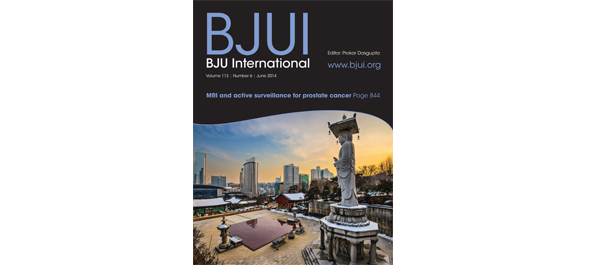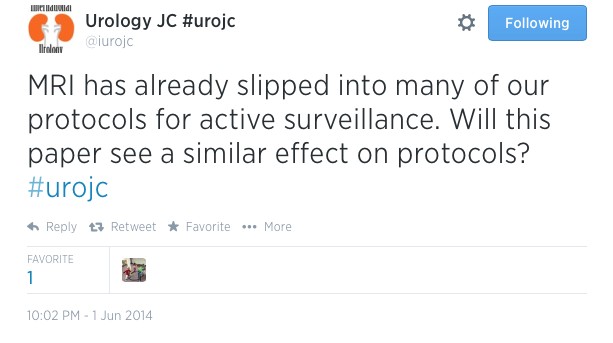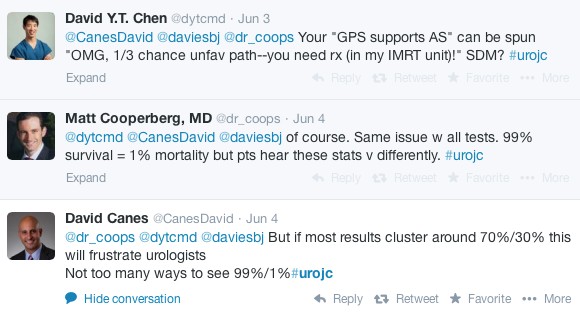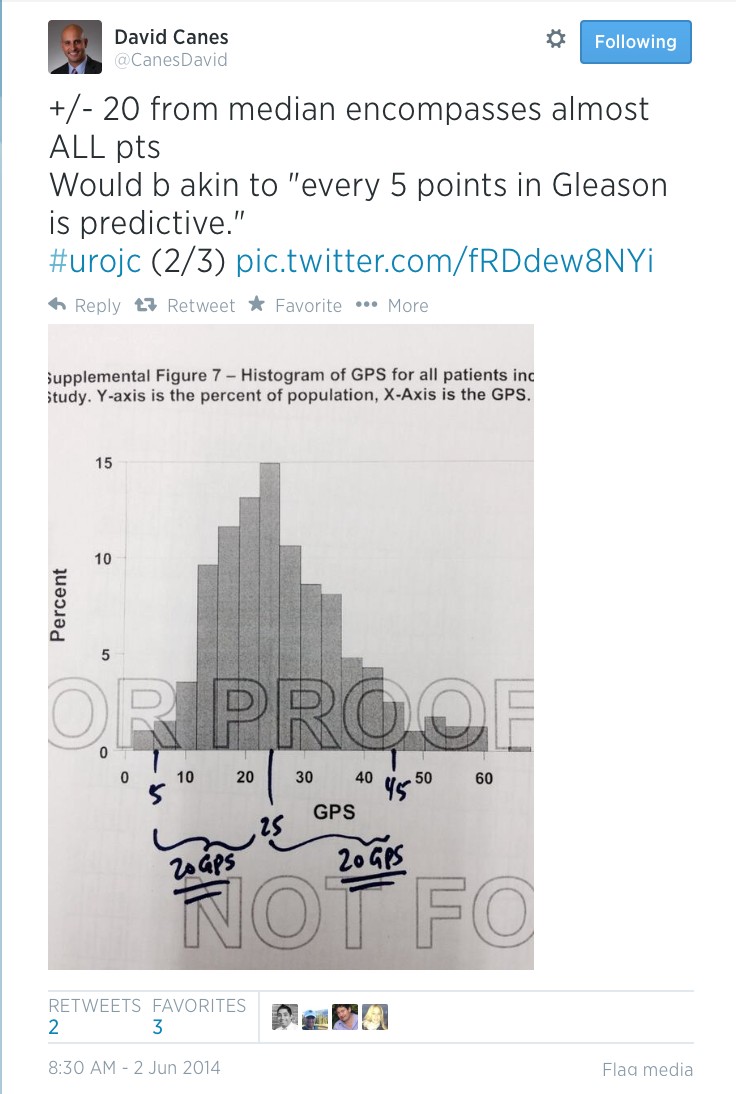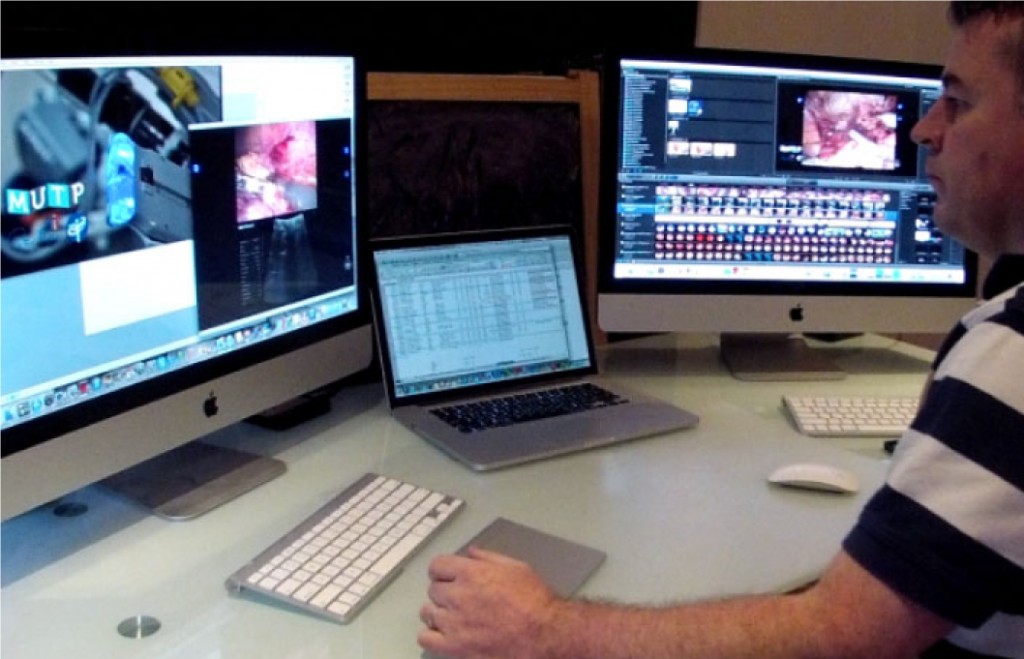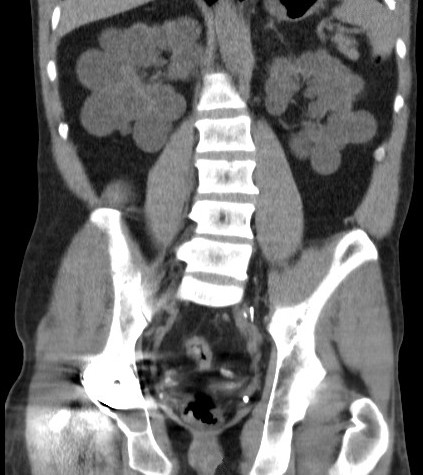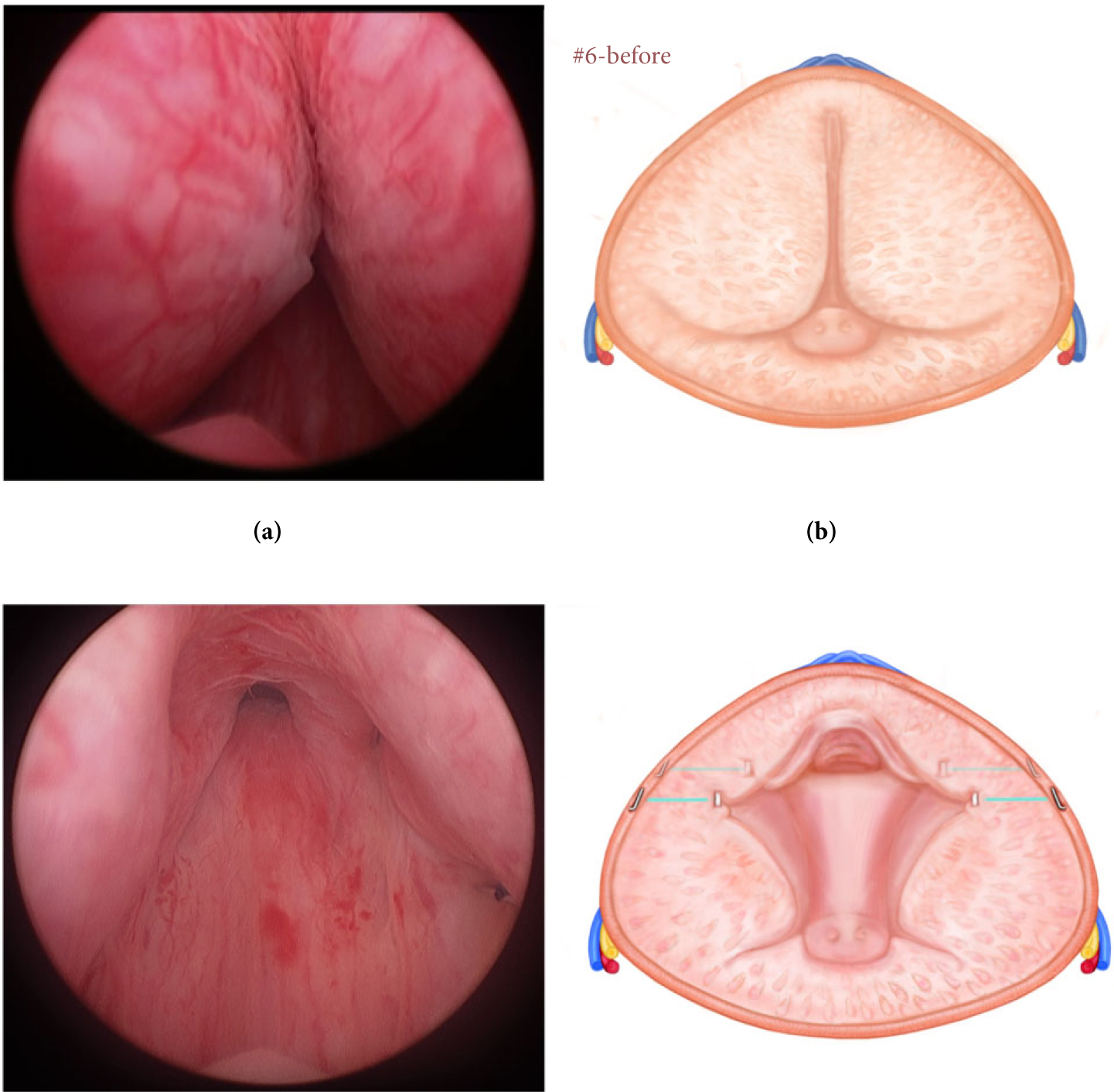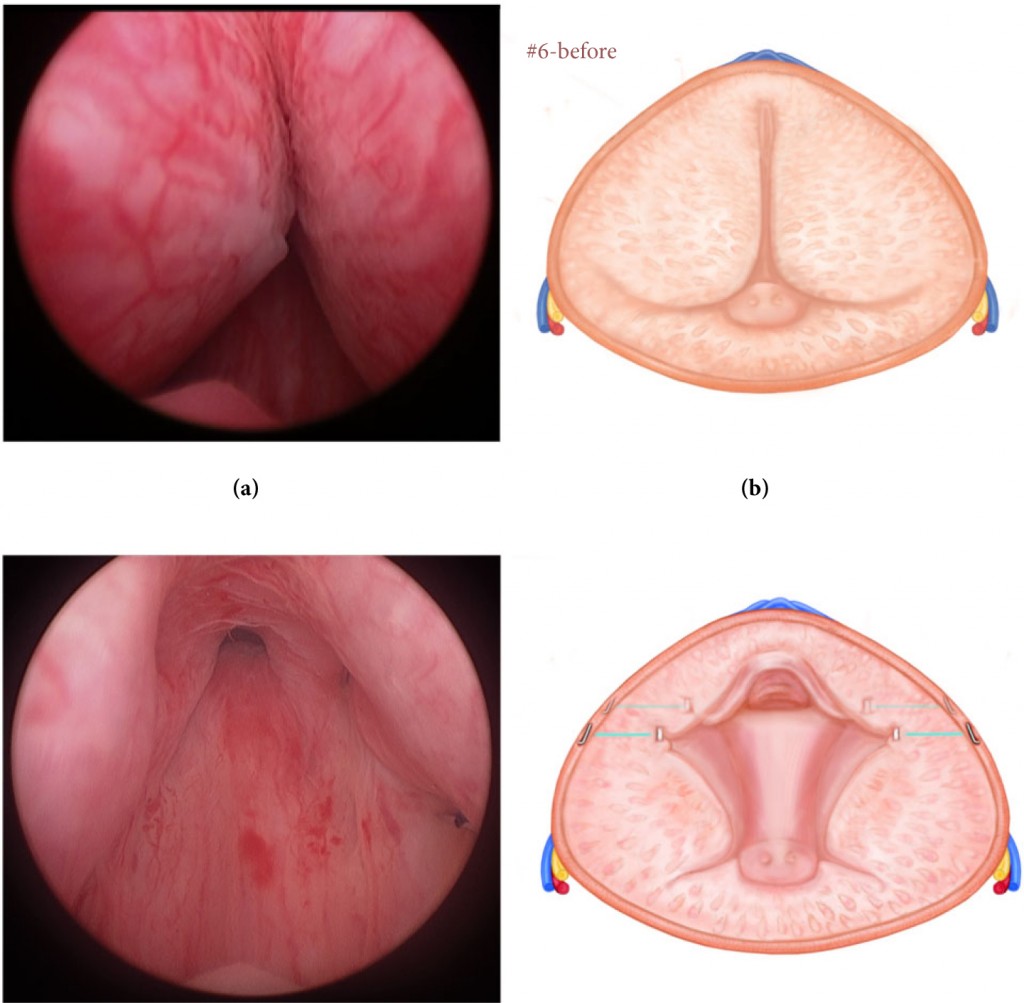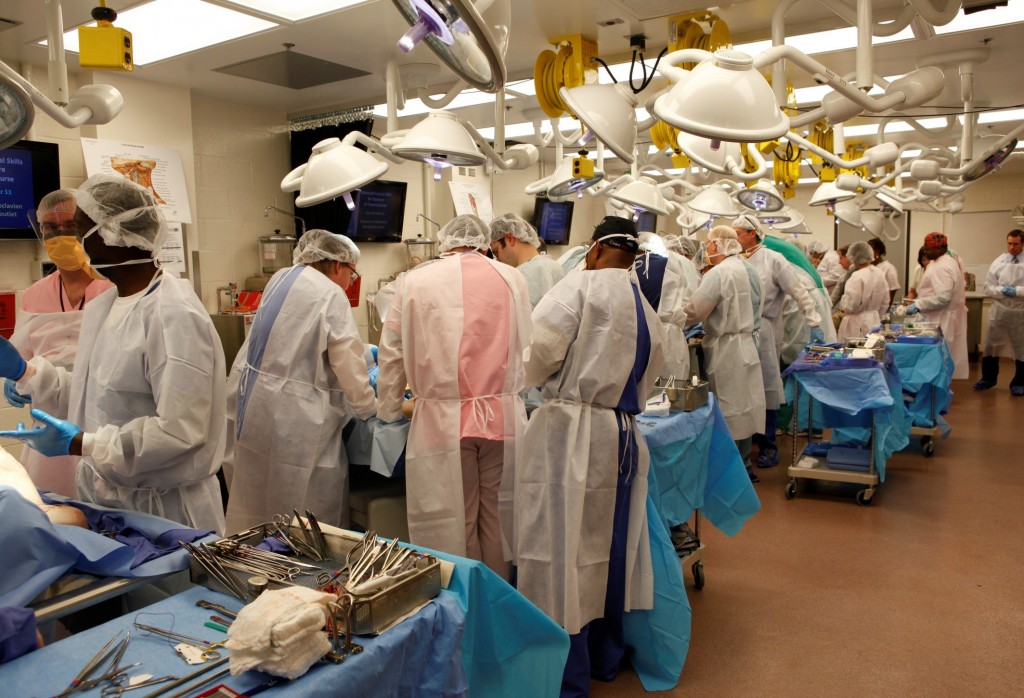Editorial: Squamous cell carcinoma of the penis: therapeutic targeting of the EGFR
Squamous cell carcinoma of the penis is a rare genitourinary malignancy. There are wide variations in its incidence, ranging from 0.1 to 0.9/100 000 men in Europe, where it accounts for 1% of male malignancies, to as high as 4.4 and 4.2/100 000 men in Uganda and Paraguay, where it accounts for up to 10% of male malignancies.
The management of patients with advanced squamous cell carcinoma of the penis, including those patients with node-positive disease and metastatic disease, remains challenging. The beneficial effects of chemotherapy and radiotherapy are not established, partly because of the small numbers of patients within studies, but also because of the multiple regimens used for treatment, combined with relatively low response rates and high toxicities.
The presence and extent of lymph node metastasis is the single most common factor predictive of survival in men with penile carcinoma, with 5-year survival rates of 88% in men with minimal or no metastases (one to two nodes), compared with ∼25% in those men with two or more inguinal nodes involved. In men with extra nodal spread of the cancer and pelvic metastases, 5-year survival rates fall as low as 5–10%.
The most important aetiological factors for the development of squamous cell cancer of the penis appear to be the presence of a foreskin, immunosuppression and smoking. In addition to this, human papillomavirus (HPV) has been shown to have a central role in tumorogenesis [1]. HPV DNA can be identified in up to 80% of tumour specimens. The commonest subtypes expressed are the 16/18 subtypes (high risk) and the 6/11 subtypes (low risk). The virus exerts its tumorogenic effect via expression of viral oncogenes E6 and E7, which inhibit the activity of tumour suppressor genes p53 and RB. Whilst a number of potential biomarkers have been identified as prognostic indices of survival, translational research to date is limited [2].
A recent study from the UK has reported that survival rates in men with node-positive penile carcinoma have not improved significantly in the last 20 years [3]. In view of the poor response rates from chemotherapeutic agents, combined with their high toxicity and the poor survival rates in men with node-positive disease, it is imperative that more novel treatment methods, including targeted therapies, are developed to treat this devastating tumour.
A potential biological target in all squamous cell cancers, including the penis, is the epidermal growth factor family of receptors. A number of trials have been conducted to evaluate the safety profile and activity of a combination of anti-epidermal growth factor receptor (EGFR) monoclonal antibodies, including cetuximab, with schedules of platinum-based chemotherapy in a number of tumour sites. These combinations have shown good tolerability. The addition of cetuximab to platinum-based chemotherapy prolongs survival in patients with recurrent or metastatic squamous cell tumours of the head and neck.
Penile squamous cell tumours and their metastases also highly express EGFRs with ∼90 to 100% of tumours expressing the EGFR. The EGFR is a cell-surface receptor for members of the epidermal growth factor family of extracellular protein ligands. The EGFR is a member of the ErbB family of receptors, which consist of a sub-family of four closely related tyrosine kinases (EGFR [ErbB-1], HER2/c-neu [ErbB-2], Her 3 [ErbB-3] and Her 4 [ErbB-4]). EGFR can be activated by binding its specific ligands, including EGF and TGF-α. Dimerization of the EGFR stimulates tyrosine kinase activity and autophosphorylation of a number of tyrosine residues in the C-terminal domain of the EGF receptor, which downstream initiates a number of signal transduction cascades, ultimately resulting in cell migration and proliferation.
Cetuximab and panitumumab are monoclonal antibody inhibitors of the EGFR, which block the extracellular ligand-binding domains on the EGFR receptor. Furthermore, cetuximab induces the internalization of EGFR leading to downregulation of the EGFR. It also targets cytotoxic immune effector cells towards EGFR-expressing tumour cells (antibody-dependent cell-mediated cytotoxicity). Drugs, such as gefitinib are EGFR tyrosine kinase inhibitors, which bind and inhibit the EGFR tyrosine kinase by binding to the ATP-binding site of the enzyme. In lung tumours, patients who are EGFR-positive have shown relatively high response rates to tyrosine kinase inhibitors, although many patients develop resistance.
Two studies have analysed the expression of the EGFR receptor status in penile cancer [4, 5]. In both studies, the EGFR receptor was overexpressed in tumour tissue. In one study [4], 40 out of 44, i.e. 91% of patients, showed a positive EGFR expression in the primary tumour as well as in metastases. Importantly, a correlation between EGFR receptor expression and survival was not demonstrated.
In the present study by Carthon et al. [6], the authors evaluate the safety and efficacy of EGFR-targeted therapy using both cetuximab and tyrosine kinase inhibitors, including gefitinib. This pilot study evaluated 24 patients receiving EGFR-targeted therapies. Among 17 patients treated with cetuximab alone, or in combination with cisplatin, there were four partial responses. Whilst the presence of visceral metastases at the start of EGFR-based therapy was associated with poor time to progression and overall survival, several patients in that study were shown to have regression of predominantly inguinal and pelvic tumours. Interestingly, there were no objective responses to the small molecule inhibitors gefitinib or erlotinib. This pilot study would suggest that further prospective studies of EGFR-targeted therapies in men with squamous cell carcinoma of the penis are warranted and these initial results are promising; however, the number of regimens and agents used in the study is varied. This variation and the small number of patients and the retrospective nature of the study represent study limitations. Nevertheless, the concept of targeted therapies for squamous cell carcinoma of the penis should certainly be evaluated further, as it is clear that surgery alone is insufficient to improve survival in patients with N+ or M1 disease.
Suks Minhas
Department of Urology, University College Hospital, London, UK
-
Minhas S, Manseck A, Watya S, Hegarty PK. Penile cancer. Prevention and premalignant conditions. Urology 2010; 76 (2 Suppl. 1): S24–35
-
Kayes O, Ahmed HU, Arya M, Minhas S. Molecular and genetic pathways in penile cancer. Lancet Oncol 2007; 8: 420–429
-
Kayes O, Freeman A, Lau D et al. Longitudinal analysis of outcomes for men with node positive penile cancer – are we improving? BJU Int 2013; 111 (S3): P19
-
Börgermann C, Schmitz KJ, Sommer S, Rübben H, Krege S. Characterization of the EGF receptor status in penile cancer: retrospective analysis of the course of the disease in 45 patients. Urologe A 2009; 48: 1483–1489
-
Lavens N, Gupta R, Wood LA. EGFR overexpression in squamous cell carcinoma of the penis. Curr Oncol 2010; 17: 4–6
-
Carthon B, Ng C, Pettaway C, Pagliaro L. Epidermal growth factor receptor–targeted therapy in locally advanced or metastatic squamous cell carcinoma of the penis. BJU Int 2014; 113: 871–877

